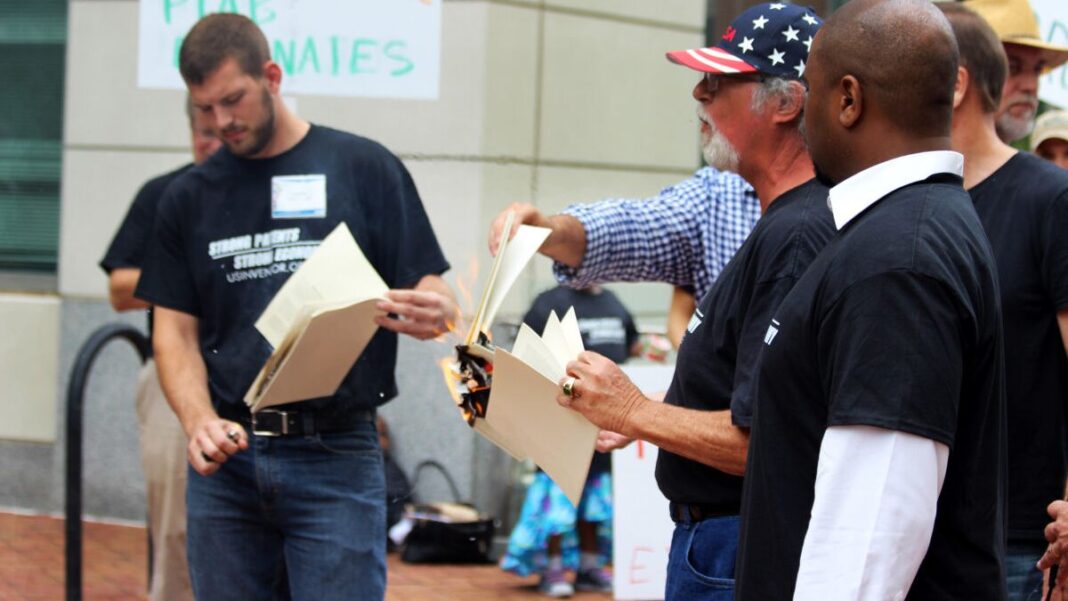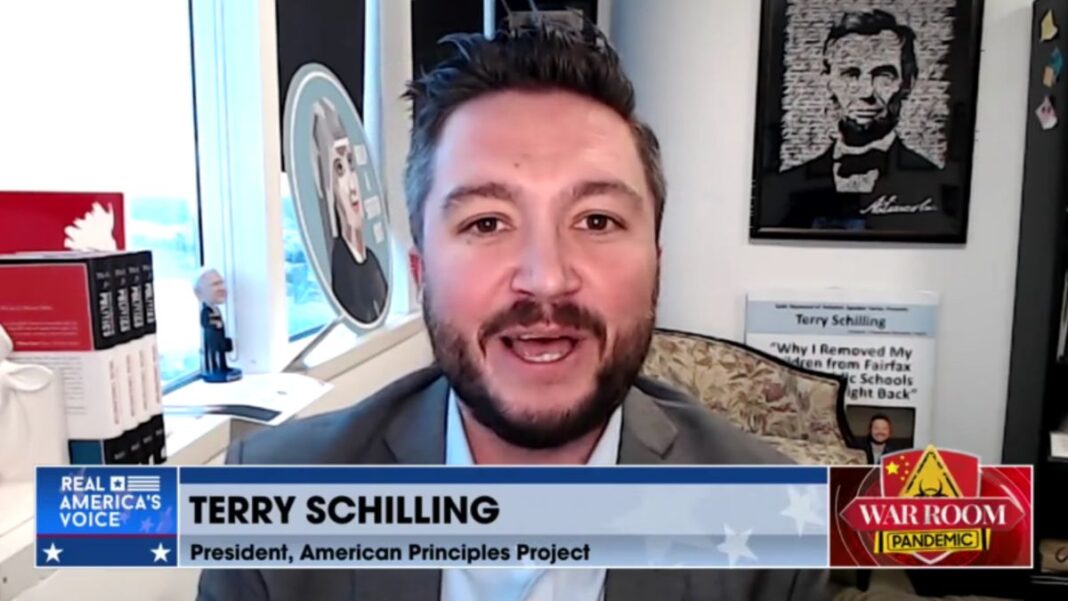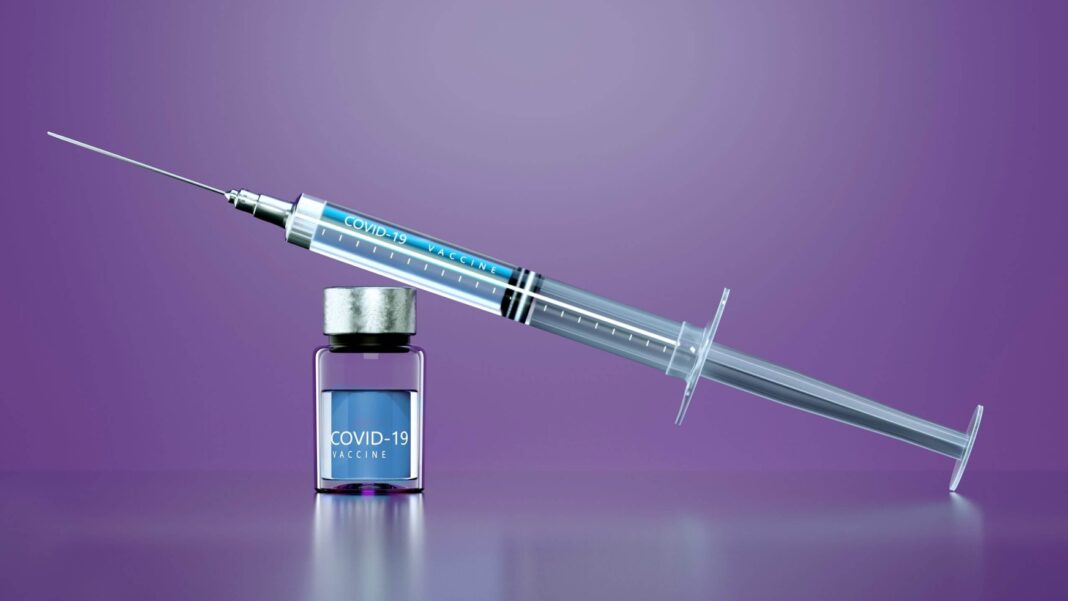
The U.S. patent law system once rewarded inventors for the telephone, the lightbulb, and the airplane. But some inventors now say that the same system has turned against them.
According to them, the trouble started with the 2011 America Invents Act (AIA). Under that law, it’s cheaper to file lawsuits in a patent court to declare an inventor’s patent to be invalid than it is to pay the inventor for using their work. If an inventor creates a valuable new product or technology, this law incentivizes companies to steal their idea and bring a lawsuit to the patent office to overturn the patent.
“What it has become is a tool for large businesses to invalidate the patents of smaller companies in order to utilize their inventions without paying them for it,” Emmy Award-winning inventor Glenn Sanders said.
For inventors who often spend years and tens of thousands of dollars getting a patent, the consequences of this act have been devastating, according to inventor David Furry.
“That was a $60,000 gamble,” Furry said, referring to his patent. “If it didn’t work, it wasn’t worth anything.”
Furry knows the patent industry from the inside. He created a camera designed to detect tiny, low-temperature gas leaks.
To protect his idea, he spent about two years getting a patent. Most patents cost between $7,000 and $20,000.
“We got a very, very tough examiner,” Furry said. “It’s kind of luck of the draw.”
But inventors have good reason to endure the patenting process. Patents give inventors a legal monopoly on their invention for a limited time. During that time, no one can make their invention without paying them. If the invention is useful, a patent can make an inventor millions of dollars.
Gas leak detection is a multi-million-dollar industry, and no visual device on the market was able to detect the small gas leaks that Furry’s camera could. He was poised to reap the rewards of his work. Exxon Mobile used his camera to find leaks at gas facilities worldwide.








